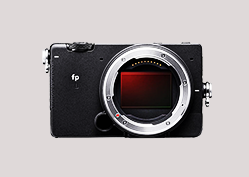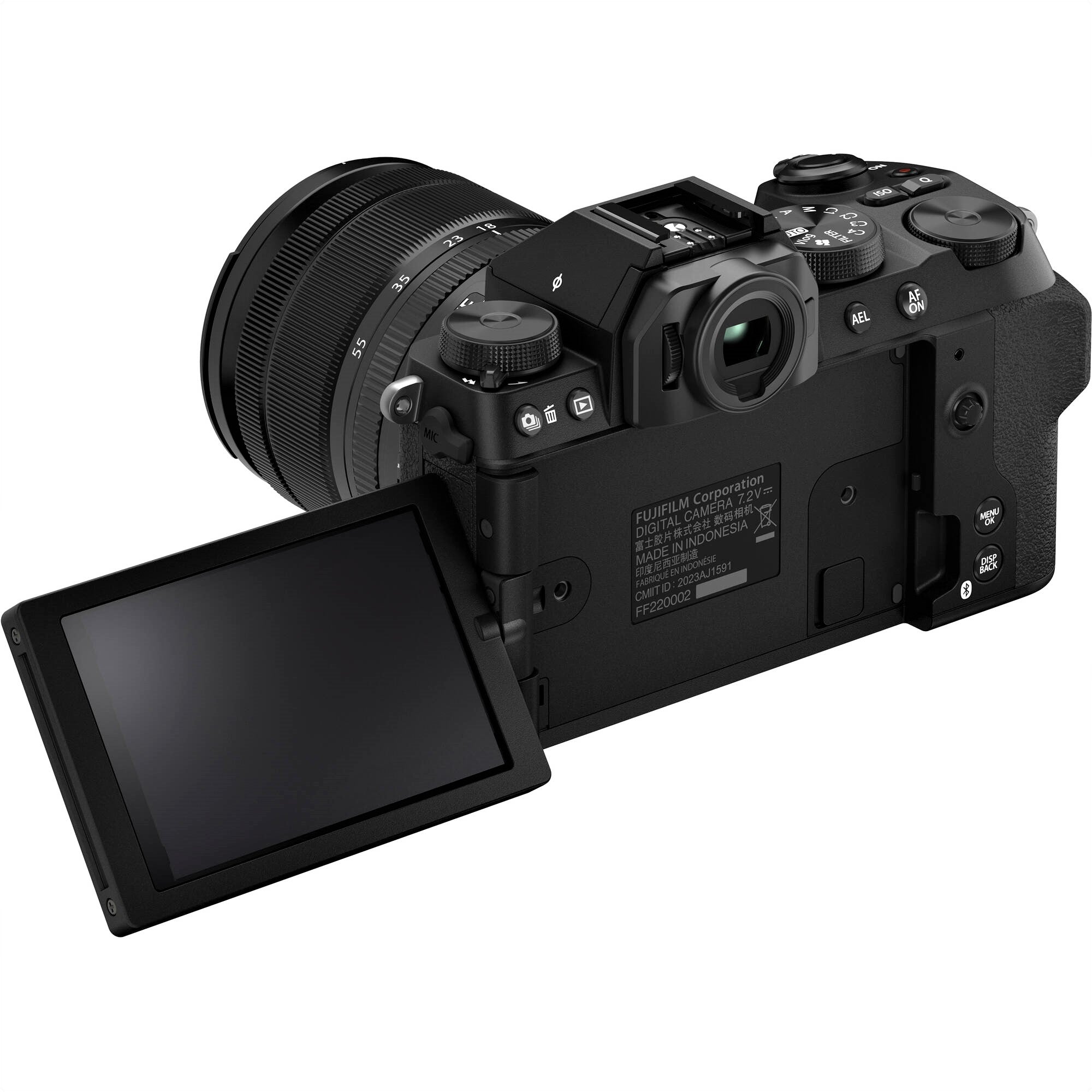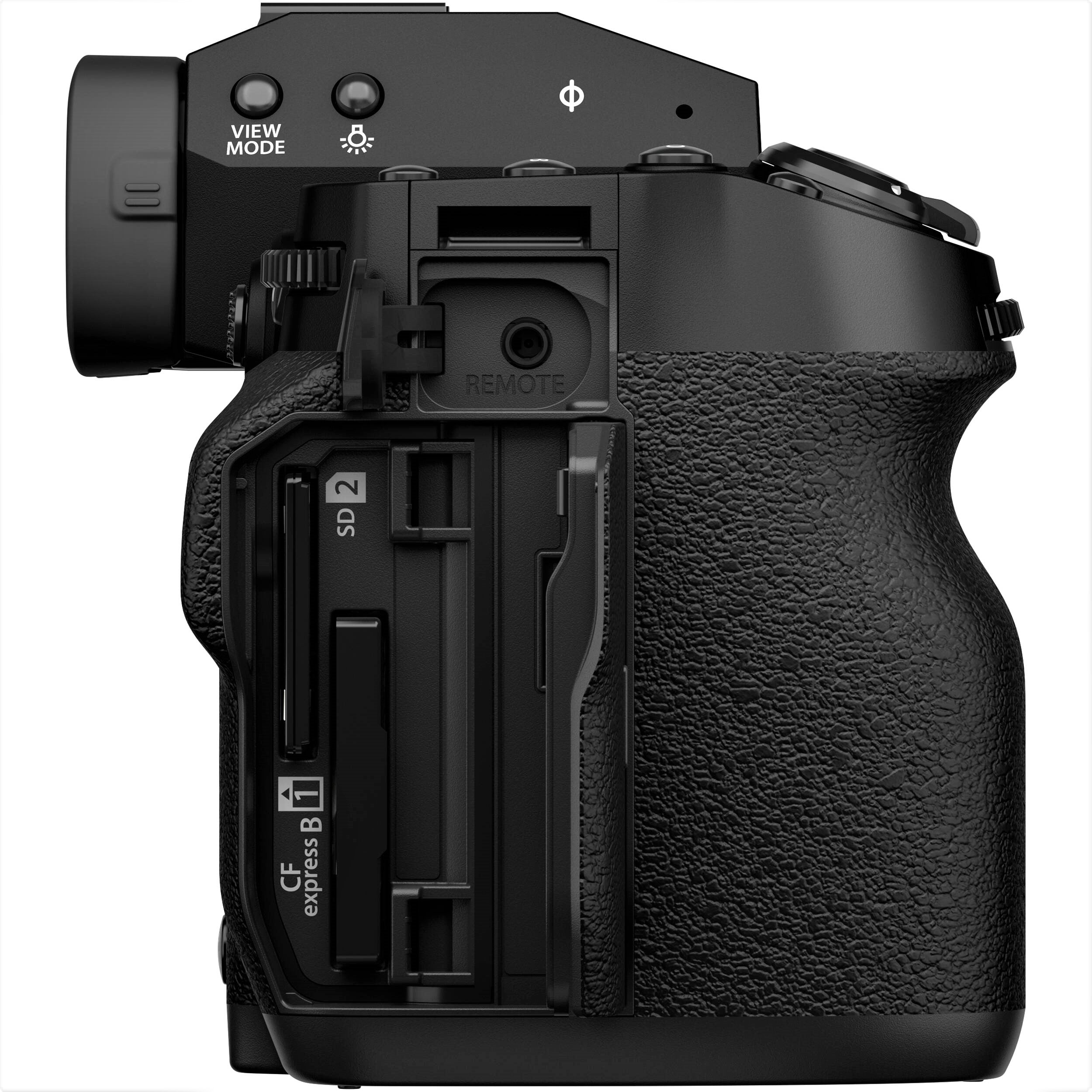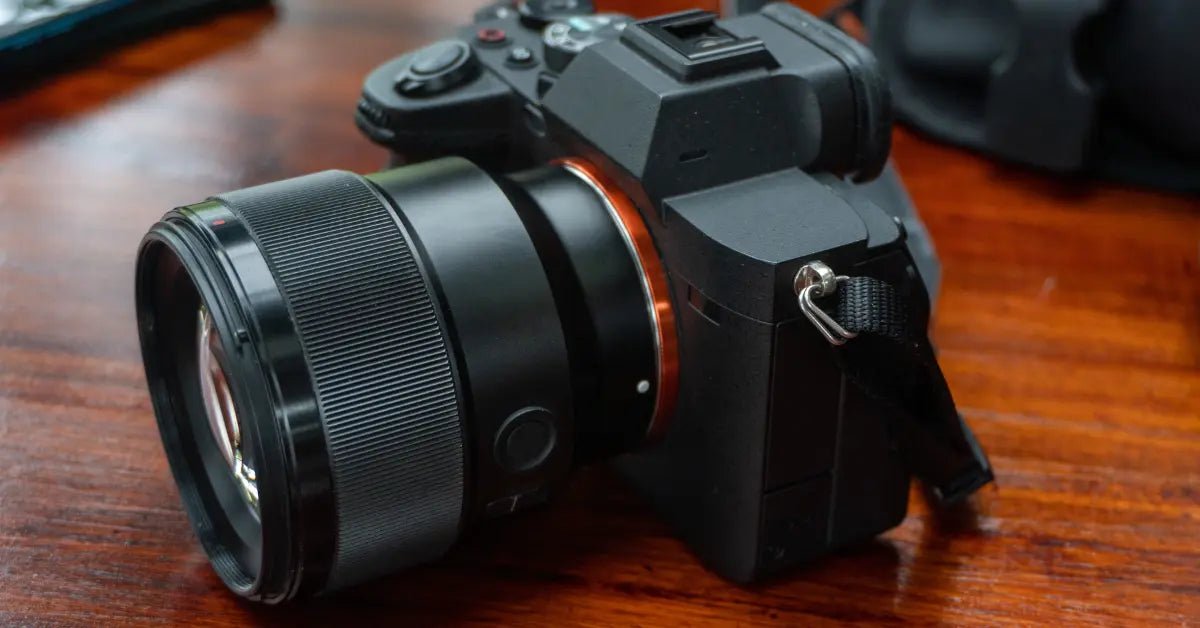Have you ever paused to think about the camera that captured that breathtaking photo you admire?
The photography community is often abuzz with the film versus digital debate. This isn't just another exploration of the topic. Instead, it's a clear look at what sets each camera type apart and how they could suit your photography style.
We're not simply comparing old to new. The focus is on the distinct characteristics and benefits of both film and digital cameras.
I'll detail the main features of each type, assisting you in discovering which aligns with your creative vision and could possibly transform your photographic approach.
Are you ready to delve into both options and deepen your appreciation for photography? Let’s get started!
The Difference Between Film and Digital Camera
Film Cameras

Film cameras have a timeless appeal, right? Their charm comes not just from the nostalgic experience but from the complex chemical process that makes each photo come alive.
When you click the shutter, light hits the film strip, starting a chain of delicate chemical reactions. This imprints the light's impression on the film, capturing the moment almost magically.
Next, the real art begins. The film, now with a hidden image, must be developed in a darkroom. It goes through various chemical baths, revealing the hidden image and slowly turning it into a physical photo. This process feels like creating something unique by hand.
Each photo's distinct texture and depth, often missing in digital photos, come from the film grain and how light interacts with it.
Film photography isn't just about snapping pictures; it's about creating art with every shot. Whether choosing classic black and white for its timeless look or vibrant color film, each choice shapes the photo's character. Different films produce different effects—some give fine grain and soft colors, others show stark contrasts or a dreamy blur.
Interested in exploring more about this fascinating world? Maybe you're curious about different film types and how they change your photo's mood, or you want to learn advanced development techniques to enhance your photography. The options are endless, and each step enriches the experience.
Digital Cameras

Digital cameras offer rapid, flexible photography. They skip chemical processes, capturing light directly via sensors, turning it into digital data. Images save instantly to SD cards, ready to view and share.
Immediate reviewability is key. Capture moments or adjust settings—aperture, shutter speed, ISO—on the spot. Miss a shot? Adjust and retry instantly.
For any photographer, this instant feedback is crucial. Beginners gain hands-on learning, quickly correcting mistakes. Experienced photographers finely tune shots, achieving perfection without waiting on film development. Digital technology thus not only speeds up photography but significantly broadens creative potential.
Quality and Aesthetics: Comparing Outputs
Visual Appeal

Film photography offers a charm that digital often lacks. It's known for deep, warm colors and a particular grain, giving photos an organic touch. This grain, a favorite among enthusiasts, adds authenticity, making each photo feel like a real moment captured, not just a picture.
Every shot seems to have an emotional depth, a story that digital can't always convey.
Film types vary widely. You can choose from stark black-and-white to vibrant color films. Each film type brings its own mood, allowing for experiments with different tones and textures. This variety lets photographers find the exact look they want, from nostalgic to energetic.
Using film means working within certain limits—like fixed numbers of exposures and waiting to see your photos. These constraints make each photo feel more considered and rewarding. Film photography blends art, patience, and unpredictability, creating not just striking images but also a meaningful bond with the design.
Precision and Versatility

Digital cameras have truly transformed photography. Their advanced sensors capture stunning details and textures in every shot. Whether it's a vast landscape or a minute close-up, the clarity is unmatched. These cameras handle different lighting with ease, perfectly balancing bright skies and dark foregrounds.
Low-light conditions? No problem. Modern digital cameras work wonders in dim settings, producing vibrant, clear images without needing perfect light. This feature is a game-changer for indoor events or twilight scenes.
The real creativity begins post-shoot. Digital editing software allows for immense control over your images. Enhance colors, adjust exposures, or add artistic filters to convey your vision. Even if a stray passerby sneaks into your shot, you can edit them out without compromising the quality.
In essence, digital cameras blend technical prowess with artistic freedom. They are essential for anyone serious about photography, offering tools that transform simple snapshots into exquisite visual stories.
Cost and Convenience
Long-Term Investment

Film cameras attract attention with their low initial costs, but the true price extends beyond the first payment. While buying the camera might feel like a bargain, the ongoing expenses—film rolls, development charges, and scanning—accumulate, transforming a seemingly economical choice into a steady financial drain.
Yet, the essence of film photography lies beyond economics. Each shutter press is significant; every picture costs.
This constraint breeds creativity, forcing photographers to consider each shot carefully, enhancing their attention to detail in lighting, composition, and emotional impact.
Conversely, film's necessity for thoughtful shooting might cause you to miss quick, unplanned moments that digital cameras excel at capturing. Digital photography's lack of per-shot cost allows for uninhibited experimentation with angles and settings, a perfect setup for novices to learn by doing.
Digital also supports creativity differently, offering instant feedback and the chance to try countless approaches without monetary worry. This feature is ideal for beginners and those who prefer reviewing many options to find the best shot.
Choosing between film and digital depends on your creative aims and style. Film fosters discipline and intentionality, digital invites limitless exploration. Each offers unique benefits, shaping photography as a deeply personal art form.
Photography Life reports that film camera users spend about $15 for each 36-exposure roll, totaling $900 yearly for hobbyists who use 5 rolls monthly. Digital photographers, meanwhile, mainly deal with a one-time expense and yearly storage costs around $100.
Ease of Use

Digital cameras are a boon for both amateurs and professionals. They save you money over time, despite the higher upfront cost compared to film cameras. You don't have to buy film or pay for developing photos. Instead, you enjoy unlimited creative freedom without ongoing costs.
These cameras are easy to use. They have smart automatic settings that adapt to changing light and environments. You can focus on your subject rather than fiddle with settings, which is great for beginners or those who prioritize convenience.
With digital cameras, you're not limited to 24 or 36 shots like with film. A single memory card holds hundreds or thousands of photos, allowing you to experiment with different angles and take as many shots as needed to get the perfect picture.
Digital cameras mean you never have to miss capturing a beautiful sunset or an important event like a wedding. They eliminate the need to conserve film or stress about development costs. Just shoot, save, and continue.
This makes digital cameras not just more practical, but also more liberating for photographers at any level.
Environmental Impact and Sustainability
Sustainability Considerations

Film photography brings both charm and environmental concerns. The chemicals used—developers, fixers, stop baths—can harm both health and nature if mishandled. These substances might pollute waters and soils.
To combat this, photographers could use local labs with green practices, switch to safer chemicals, or recycle through appropriate programs.
Despite these challenges, film offers unmatched qualities. Unlike digital photos stored electronically, film creates tangible prints. These physical copies require no ongoing power, providing a more sustainable option. You can touch, frame, or archive these photos.
Such tangibility deepens emotional bonds to the images. Film captures moments in a lasting form, turning prints into cherished keepsakes. Passed through families, these photos hold stories and memories, offering a timeless quality that digital formats often fail to match.
This makes film not just an artistic choice but a deeply personal one, balancing ecological awareness with meaningful legacy.
Digital Footprint

Digital photography skips the harsh chemicals needed for film development, marking a point for sustainability. Traditional film processing uses developer, fixer, and bleach, which harm ecosystems if not disposed of correctly. Going digital avoids these issues.
Yet, digital photography has its environmental costs. Producing digital cameras and storing photos use a lot of energy and materials. These cameras contain rare metals and plastics, leading to e-waste when not recycled.
Also, powering cloud services and computer storage ramps up the environmental toll. These impacts are less visible but crucial to consider.
Digital photos cut down on physical waste. You can save countless images on hard drives or online, eliminating the need for paper prints that take up space and degrade over time. This shift reduces landfill waste from old photo materials, offering a greener option.
Despite these benefits, there's a trade-off. Digital methods save on physical resources but increase energy use and potential e-waste.
Knowing these trade-offs helps make informed choices in our digital world, balancing convenience with environmental impact.
Here are some examples:
Digital Cameras:
- Fujifilm X-T5 - The Fujifilm X-T5 is a powerhouse in a compact body, perfect for both amateurs and professionals. It features a 40.2 megapixel X-Trans CMOS sensor, in-body image stabilization, and improved autofocus performance. Its retro design is highly appealing to those who appreciate a classic look with modern functionalities.
- Fujifilm X-H2S - This model is ideal for action and sports photographers due to its high-speed performance. The X-H2S offers a 26.1 megapixel APS-C sensor with a fast burst mode of up to 40 frames per second, making it exceptional for capturing fast-moving subjects with precision.
- Fujifilm GFX 50S II - For those interested in medium format photography, the GFX 50S II is an excellent entry-level choice. It features a 51.4 megapixel sensor that delivers superior image quality with exceptional detail, dynamic range, and color fidelity, suitable for both studio and landscape photography.
Film Camera:
- Fujifilm Instax Mini 40 - For film enthusiasts, the Instax Mini 40 offers instant photography with a classic flair. This camera is user-friendly, making it a great choice for those who love the charm of instant film photos. It's perfect for capturing memories on the go with its stylish design and simple operation.
Conclusion
The choice between film and digital cameras is not just about quality or cost—it's about how you see the world and how you wish to capture it.
Film offers a nostalgic, tactile experience that many cherish, while digital cameras provide practicality and adaptability for the modern photographer. Whichever you choose, embrace the process and let it enhance your creative expression.
Are you ready to explore the world of photography further?
Whether you're leaning towards the classic allure of film or the cutting-edge technology of digital, there's a camera waiting for you.
Share your thoughts and experiences in the comments below, and join the ongoing conversation between tradition and innovation in photography.
Don't forget to visit Nuzira and join our Discord channel for more insightful discussions and tips on making the most of your photographic journey!






